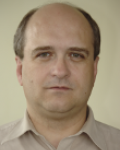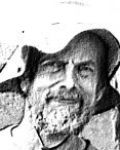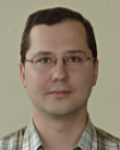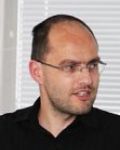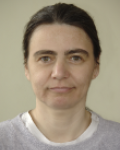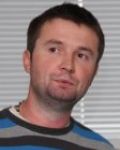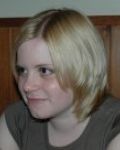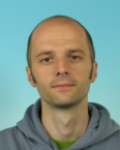Mathematical model of composite manufacture and calculation of robot trajectory
Jaroslav Mlýnek
Pondělí 23. února 2015, 14:45 hodin
Místnost G4-MAT, 4. patro budovy G, kampus Husova (Univerzitní nám. 1410/1)
[Pozvánka v PDF]
Anotace
We will discuss the problem of calculating the trajectory in a 3D environment of an industrial robot in the production of composites for the automotive industry. The used technology is based on a winding of a carbon (or a glass) filament rovings on a polyurethane core which is a frame shape with a circular cross section. The polyurethane frame is fastened to the end-effector of the robot arm (robot-end-effector) and during the winding process goes through a fibre-processing head on the basis of the suitably determined robot-end-effector trajectory. The fibre-processing head is fixed and is composed of three guide lines (two outer lines are rotary and the middle is static) with coils of carbon rovings. The fibre-processing head winds on the frame three layers of filaments at angles of 45°, 0° and –45°.
The model of a polyurethane frame passing through the fibre-processing head is described in Euclidean space E3 of the robot. The polyurethane frame is specified in the local Euclidean coordinate system E3, the origin of this system is in the robot-end-effector. The location of the local system of the robot-end-effector in the basic coordinate system of the robot is specified using the “tool-center-point” of the robot.
We use the described mathematical model and matrix calculus to calculate the trajectory of the robot-end-effector to determine the desired passage of the frame through the fibre-processing head. The required translation and rotation matrices of the local coordinate system (of the robot-end-effector) relative to the base coordinate system of the robot are gradually calculated. Subsequently, the Euler angles of rotations are determined corresponding to the transformation matrices. The sequence of “tool-center-point” values which allows us to define the desired trajectory of the robot-end-effector and thereby the passage of the frame through the fibre-processing head is determined in this manner.
The calculation of the trajectory was programmed in the Delphi development environment. The advantages of the described approach will be significantly enforced, for example, when we need to solve the problem of the robot-end-effector trajectory optimization.









